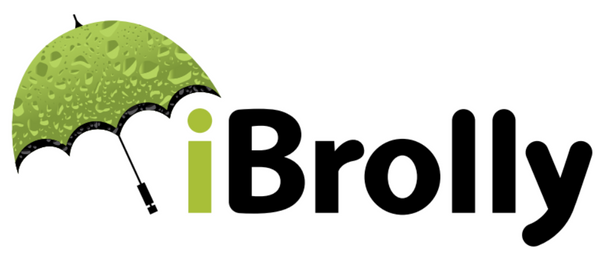The promotional products industry is a vibrant and dynamic sector that plays a crucial role in marketing strategies across various businesses. From branded pens to custom apparel, these products serve as tangible reminders of a brand, fostering customer loyalty and enhancing visibility. This article delves into the intricacies of the promotional products industry, exploring its definition, historical evolution, key players, current trends, and future outlook.
Understanding the Promotional Products Industry
Definition and Scope of Promotional Products
Promotional products are items imprinted with a company’s logo or message, distributed to promote a brand, service, or event. These products can range from everyday items like mugs and tote bags to tech gadgets and apparel. The primary goal is to create brand awareness and encourage customer engagement through practical and memorable items.

The scope of the promotional products industry is vast, encompassing various sectors including corporate gifts, trade shows, and events. Businesses utilize these products not only for marketing but also for employee recognition, customer appreciation, and community outreach initiatives. As a result, the industry has become a multi-billion dollar market, reflecting its significant impact on business operations.
Historical Evolution and Market Size
The roots of the promotional products industry can be traced back to the late 19th century when promotional items such as calendars and buttons were first used to advertise businesses. Over the decades, the industry has evolved dramatically, adapting to changes in consumer behavior and technological advancements. Today, the global promotional products market is estimated to be worth over $24 billion, with a steady growth trajectory fueled by increasing demand for customized and innovative products.
As businesses recognize the effectiveness of promotional products in enhancing brand visibility, the market has expanded to include a wide array of items that cater to diverse audiences. The rise of e-commerce has also played a significant role in this evolution, allowing businesses to easily access and order promotional products from manufacturers and distributors worldwide.
Key Players and Business Models
Manufacturers, Distributors, and End Clients
The promotional products industry consists of several key players, including manufacturers, distributors, and end clients. Manufacturers produce a wide range of promotional items, often specializing in specific categories such as apparel, drinkware, or tech gadgets. Distributors act as intermediaries, sourcing products from manufacturers and providing them to end clients, which can include businesses, non-profits, and educational institutions.

This relationship between manufacturers and distributors is essential for the industry’s functioning. Distributors often provide valuable insights into market trends and customer preferences, helping manufacturers tailor their offerings. Meanwhile, end clients benefit from the expertise of distributors who can recommend the most effective products for their marketing campaigns.
Supply Chain Dynamics and Profit Margins
The supply chain dynamics in the promotional products industry are complex, involving multiple stages from production to delivery. Manufacturers must maintain efficient operations to meet the demands of distributors and end clients, while also managing inventory and logistics effectively. Profit margins in this industry can vary significantly based on the type of product, customization options, and order volume.
Typically, high-quality, customized products can command higher prices, allowing for better profit margins. However, competition is fierce, and businesses must continuously innovate and adapt to market trends to maintain their profitability. Understanding these dynamics is crucial for stakeholders looking to thrive in the promotional products industry.
Current Trends and Future Outlook
Technology Integration and Customization Innovations
As technology continues to advance, the promotional products industry is witnessing a surge in integration of innovative solutions. Digital printing, for instance, has revolutionized the customization process, allowing for intricate designs and faster turnaround times. Additionally, the rise of online platforms has made it easier for businesses to order customized products quickly and efficiently.

Moreover, personalization is becoming a key trend, with consumers increasingly seeking unique items that resonate with their individual preferences. This demand for customization is driving manufacturers and distributors to explore new technologies and methods that enhance the personalization experience, ensuring that promotional products remain relevant and appealing to target audiences.
Sustainability Challenges and Opportunities
In recent years, sustainability has emerged as a significant focus within the promotional products industry. As consumers become more environmentally conscious, businesses are challenged to provide eco-friendly options that align with their values. This shift presents both challenges and opportunities for industry players.
While sourcing sustainable materials and ensuring ethical production processes can be more complex and costly, the demand for eco-friendly promotional products is growing. Companies that successfully navigate these challenges and offer sustainable options can differentiate themselves in a crowded market, appealing to a wider audience and fostering customer loyalty.
In conclusion, the promotional products industry is a dynamic and evolving sector that plays a vital role in marketing strategies. Understanding its definition, historical context, key players, and current trends can provide valuable insights for businesses looking to leverage promotional products effectively. As the industry continues to adapt to technological advancements and sustainability demands, its future remains bright, offering exciting opportunities for growth and innovation.

